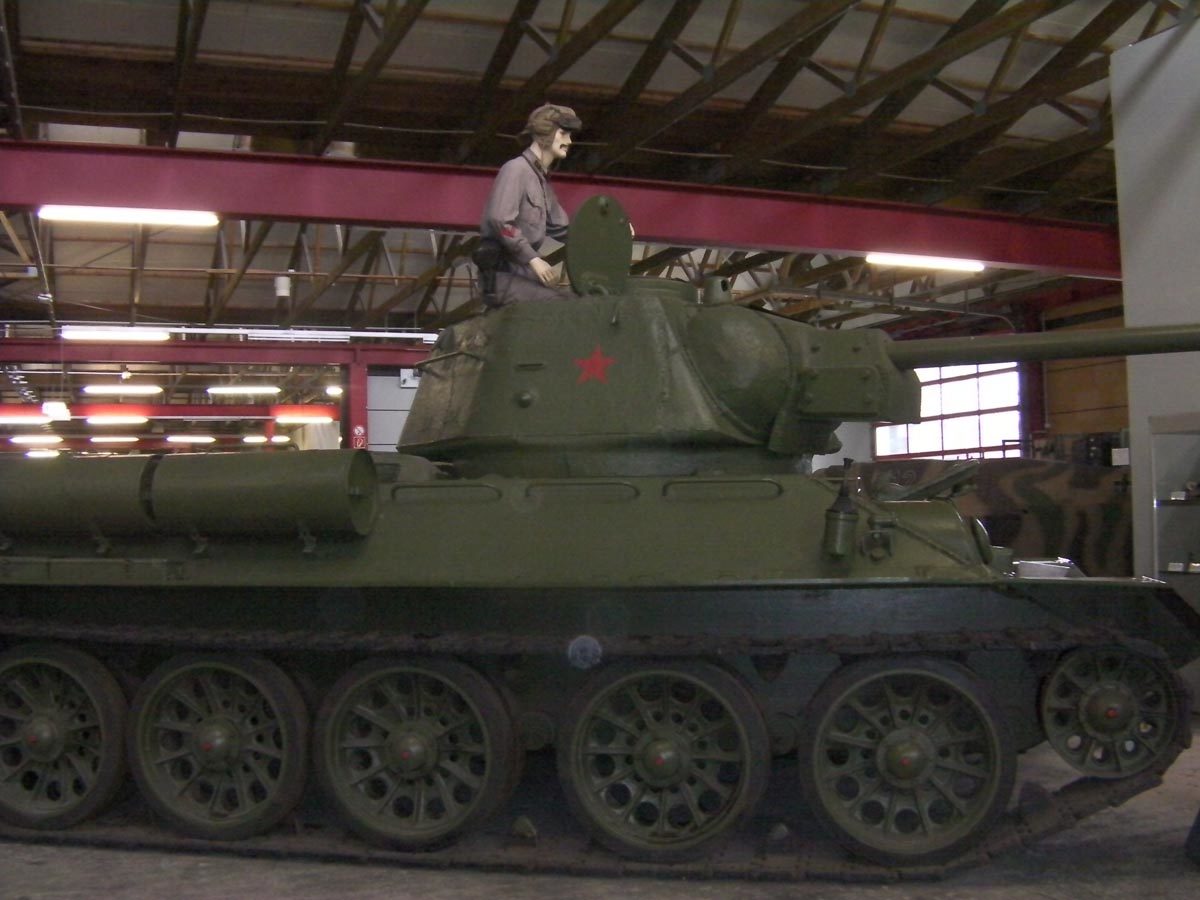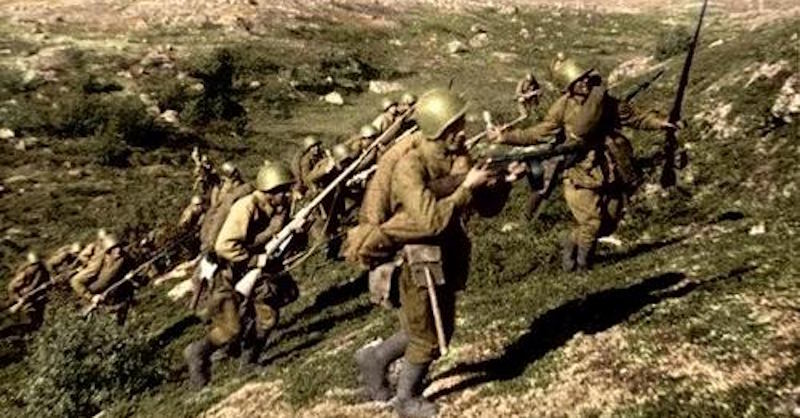Strength and Organization of the Army and Air Force of Hungary in 1942.
Hungarian Army, Orders of Battle, divisions and equipment, planes of the Air Force.
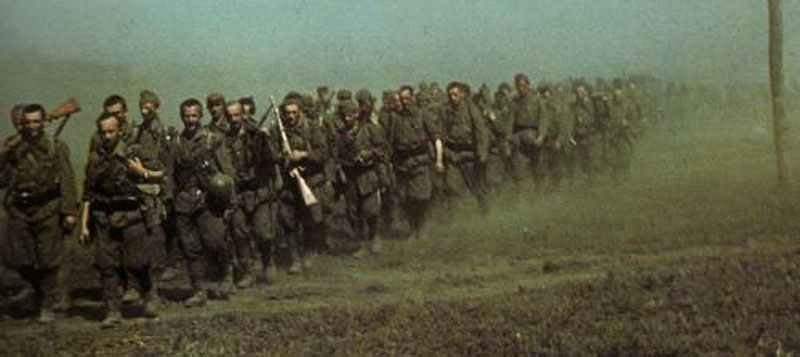
Hungarian Armed Forces
Table of Contents
Overvoew
After World War I, the **Treaty of Trianon** (1920) drastically reduced Hungary’s territory, population, and military capabilities. The Hungarian army was limited to 35,000 men, with no heavy weapons, tanks, or air force.
Rearmament and Expansion
In the 1930s, Hungary began to rearm secretly, taking advantage of the changing political climate in Europe. By the late 1930s, Hungary aligned itself with Nazi Germany and Fascist Italy, hoping to regain lost territories.
Structure of the Armed Forces
Royal Hungarian Army (Magyar Királyi Honvédség):
– Personnel: By 1941, around 350,000 men (peaked at over 800,000 later).
– Organization: Infantry divisions, cavalry, armored units, and mountain troops.
– Equipment: Mostly outdated compared to German or Soviet standards, but included some modern tanks (Toldi, Turán) and artillery.
Hungarian Air Force:
– Aircraft: Used a mix of Hungarian-built, German, and Italian planes (e.g., Fiat CR.42, Messerschmitt Bf 109).
– Role: Supported ground operations, air defense, and limited bombing missions.
Hungarian Navy:
– Very small, mostly riverine patrol forces on the Danube due to Hungary being landlocked.
Major Military Actions
Annexations and Early Campaigns:
– 1938-1941: Hungary regained some territories (southern Slovakia, northern Transylvania, parts of Yugoslavia) with German and Italian support.
– 1941: Participated in the Axis invasion of Yugoslavia and the Soviet Union (Operation Barbarossa).
Eastern Front:
– Second Hungarian Army was sent to the Eastern Front in 1942.
– Battle of Stalingrad (1942-43): The Hungarian Second Army suffered catastrophic losses at the Don River during the Soviet counteroffensive—about 100,000 casualties out of 200,000 men.
Defensive Battles and Occupation:
– As the Red Army advanced, Hungarian forces fought defensive actions in Hungary, Slovakia, and Austria.
– In March 1944, Germany occupied Hungary (Operation Margarethe) to prevent it from leaving the Axis.
Arrow Cross Regime:
– After October 1944, under the pro-German Arrow Cross Party, Hungarian forces continued to fight alongside the Germans until Budapest fell in February 1945 and the war ended in May.
Aftermath
– The Hungarian armed forces were virtually destroyed by the end of the war.
– Hungary was occupied by the Soviet Union, and the military was reformed along communist lines.
Hungarian Army
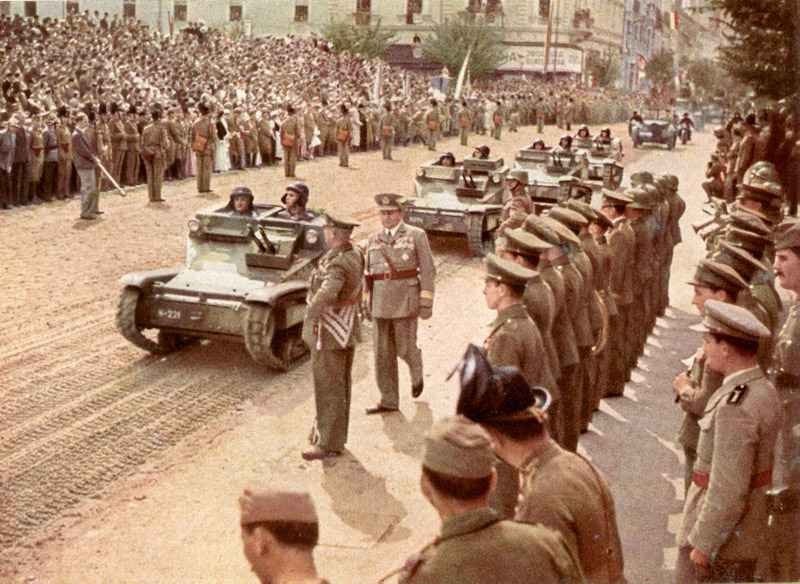
In spring 1942 Germany’s need for more manpower on the Eastern Front demanded a maximum effort and the Hungarians dispatched to the front the 2nd Hungarian Army with 200,000 men, consisting of nine light infantry divisions (two instead of three infantry regiments each), and the pride of the Honved, the 1st Armored Division with 83 Czech LT-38 ( = Panzer 38(t)) tanks, two Toldi light tanks (Swedish, but made under license in Hungary) and 22 German Panzer IV Ausf F1 tanks. Unfortunately, none were a match for the Russian T-34s.
Although the cadre was made up of regular personnel, the rest had only undergone eight weeks’ training, and their only tactical experience had been the maneuvers held just prior to their departure for the front.
By now the rank-and-file of the Honved was made up of Hungarians, Romanians from Transylvania, Slovakians from southern Slovakia, Ukrainians from Ruthenia and Serbs from Bacs-Kiskun, and this did not contribute to the homogeneity or morale of the Hungarian Army.
In the rear areas labor and construction work was carried out by Labor Service Companies which had been formed from those liable for military service, but considered unreliable for ethnic or political reasons.
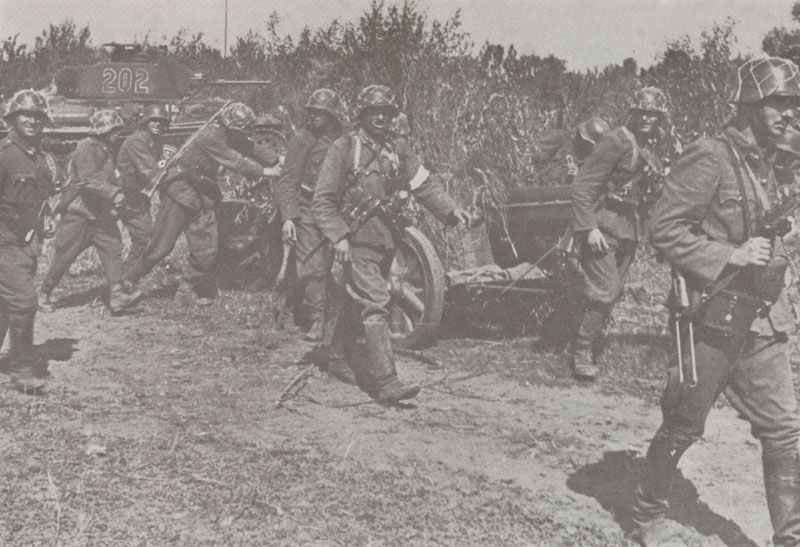
Commanded by General Jany, the 2nd Army reached the front at Kursk in June 1942, and advanced to hold a defensive line along the Don south of Voronezh. It held this sector against Russian raids across the river, but by the end of 1942 its morale and efficiency had deteriorated in the harsh winter conditions.
The Germans complained that the Hungarians were reluctant to engage the enemy, and added that the army was under strength and poorly equipped. The Hungarians, for their part, repeatedly begged the Germans to provide them with modern anti-tank weapons to supplement their obsolete 20mm and 37mm PAK36 guns, which were useless against T-34 tanks.
After October 1942 each of the Light Divisions added a reconnaissance battalion formed from the newly organized Mobile Troops arm, which grouped together cavalry, motorized, cyclist and armored units.
The Armored Division was now equipped with German PzKpfw 38(t), Panzer III and Panzer IV tanks as well as Hungarian Toldi light tanks, Csaba armored cars and Nimrod self-propelled guns.
Hungarian Orders of Battle at the Eastern Front, June 1942
Army | Corps | Divisions |
|---|---|---|
2nd Army (Jany) at Kursk and later at the Don Front south of Voronezh (Reserves: 1 Armoured Div) | III Corps | 6, 7, 9 Light Infantry Division |
IV Corps | 10, 12, 13 Light Infantry Division |
|
VII Corps | 19, 20, 23 Light Infantry Division |
The end of 1942 found the Hungarian 2nd Army holding a line which ran for 95 miles (ca. 153 km) southwards from Voronezh. This meant that a division had a frontage of 13 miles (ca. 21 km), a regiment 6.5 and a battalion over 2 miles (3.22 km). All the heavy weapons were in the front line with none in reserve, nor were there any stocks of ammunition.
Between the 12 and 14 January 1943 a massive Russian offensive pierced the line in a number of places and the Hungarians retreated westwards in temperatures of minus 30 degrees, leaving behind them most of their equipment and 147,971 comrades. Following this disaster, the remains of the 2nd Army returned to Budapest, or served as security troops in the Ukraine.
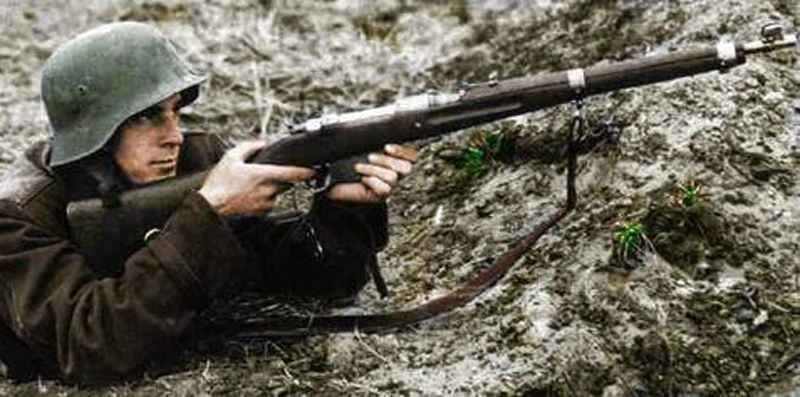
Basic Hungarian Army units in 1942
| Light Infantry Div | Infantry Div | Security Div | Armoured Div | |
|---|---|---|---|---|
| Total units | 9 | 10 | 5 | 1 |
| Infantry regiments | 2 (equipped with 8mm Mannlicher rifles and Solothurn and Schwarzlose machine guns) | 3 | 2 reserve | ? |
| Total men | c. 15,000 | ? | 6,000 | ? |
| Anti-tank guns | 40 (mainly 37mm Pak36, 50mm Pak38 and Belgian 47mm) + 38 anti-tank rifles | 40 (mainly 37mm Pak36, Belgian 47mm) + 38 anti-tank rifles | ? | ? |
| Artillery | 24 (Skoda mountain and field guns, Skoda, Bofors and Rheinmetall howitzers) | 24 (Skoda mountain and field guns, Skoda, Bofors and Rheinmetall howitzers) | 4 | c. 24 (Nimrod self-propelled guns) |
| Tanks | (from October reconnaissance battalion with some Ansaldo tankettes and Toldi light tanks) | - | 107 (83 PzKpfw 38(t), 2 Toldi, 22 PzKpfw IVF1) plus Csaba armoured cars (later also PzKpfw III and PzKpfw IV) |
Hungarian Air Force

In June 1941, with the launching of Operation Barbarossa, the Hungarian Air Force was well-trained and moral high, yet by international standards her aircraft were outdated and her Air Force under strength.
There were eight fighter squadrons (96 aircraft), ten bomber squadrons (120 aircraft), ten battlefield reconnaissance squadrons (80 aircraft), one long-range reconnaissance squadron (18 aircraft) and one transport squadron (6 aircraft).
The main fighter types were the Italian Fiat CR-42 biplane (at least 40) and the Reggiane Re 2000 (built as Hejja in Hungary); bombers were Junkers Ju86Ks and Caproni Ca 135bis, while reconnaissance was undertaken by long-range Heinkel He170s and short-range He46s and Hungarian WM21s.
The Hungarian air brigade, dispatched to the Eastern Front in July 1941, encountered little opposition, yet attrition was high because much of its equipment was obsolescent. The brigade was recalled in December 1941 and plans were made for the license production of German Me 109G and Me 210 warplanes. However, deliveries of these did not start until 1943 (1,200 warplanes being built in Hungary in 1943-44) and so some 200 warplanes were supplied from Germany, beginning at the end of 1942.
The new air brigade left for Russia in June 1942, but it was still poorly equipped. It comprised an independent fighter group equipped with Reggiane Re 2000s, 4/II Bomber Group with Caproni Ca135bis bombers, a long-range reconnaissance group of German Heinkel He 111s and the 3/2 Short Range Reconnaissance Squadron with Heinkel He46s: a total of some 100 aircraft.
References and literature
Germany’s Eastern Front Allies 1941-45 (Peter Abbott, Nigel Thomas)
The Armed Forces of World War II (Andrew Mollo)
World War II – A Statistical Survey (John Ellis)
Osprey Men-at-Arms 449, ‘The Royal Hungarian Army in World War II’ (Nigel Thomas)






